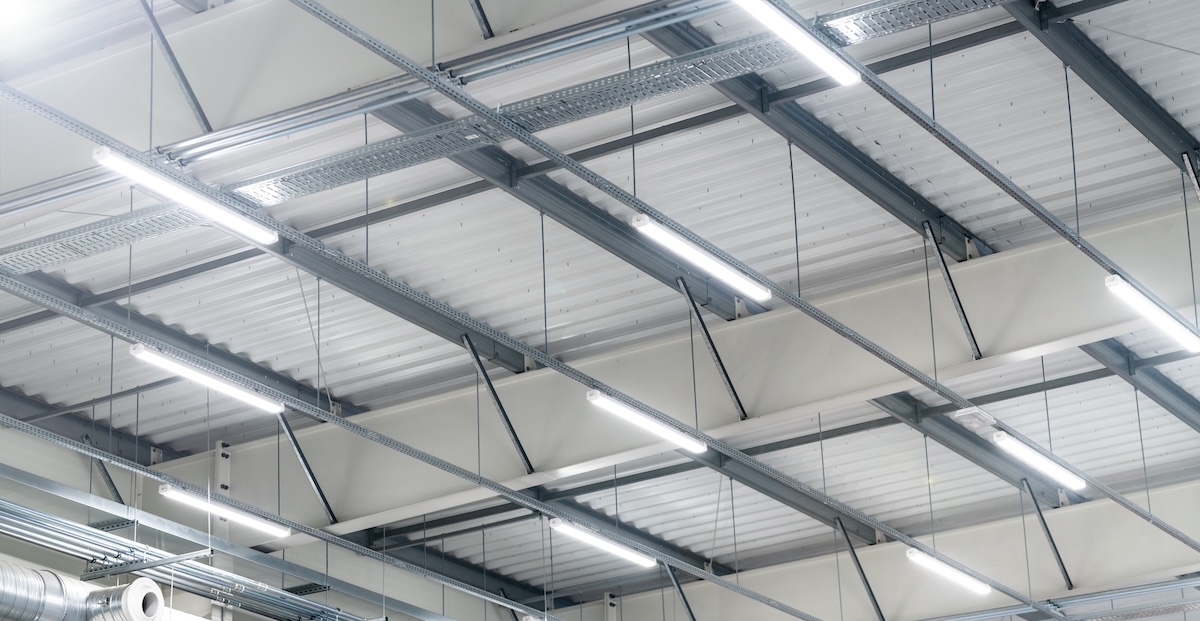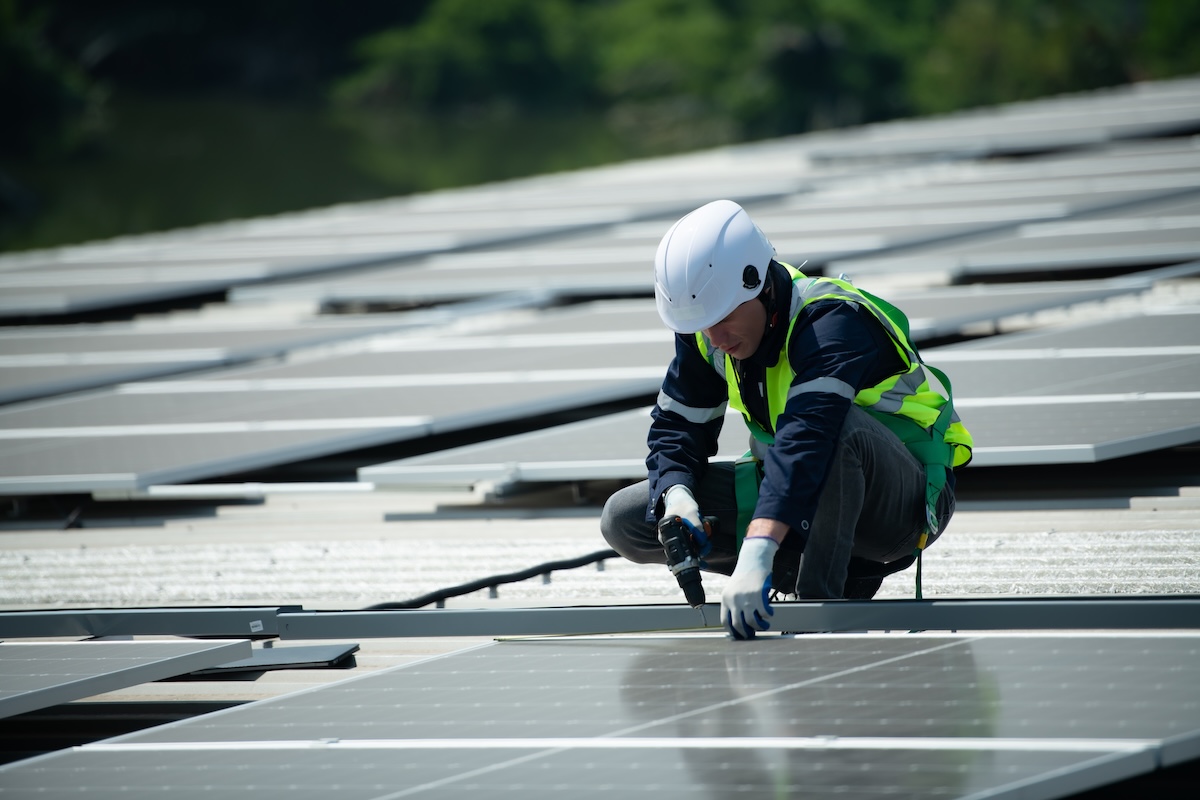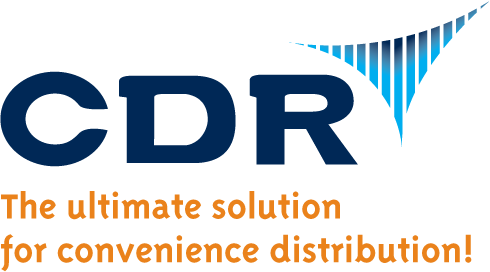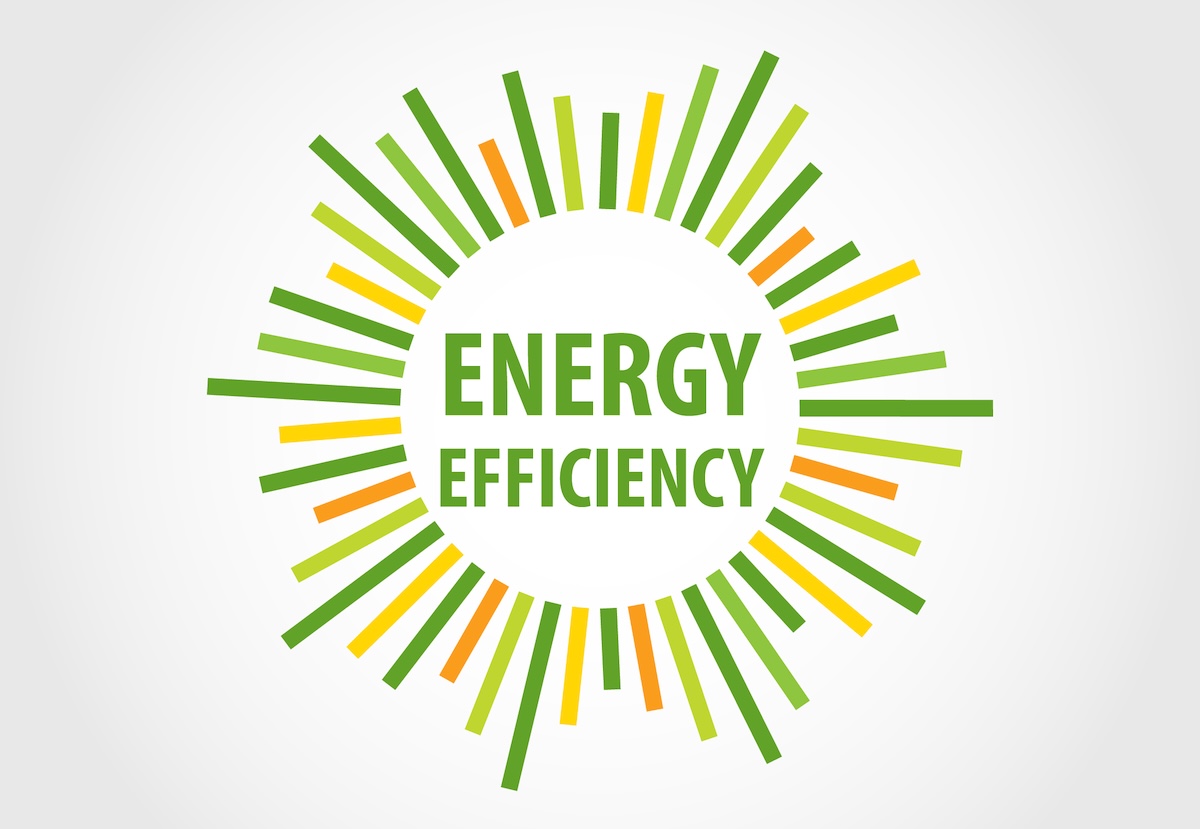Wondering how warehouses can cut energy costs while supporting sustainability goals?
Why Energy Efficiency Matters in Warehousing
Energy costs are one of the largest ongoing expenses for warehouses, and they’re only expected to rise. At the same time, distributors face increasing pressure to align with sustainability goals, both from customers who value environmentally responsible partners and from regulations designed to curb emissions.
For convenience distributors and other warehouse operators, finding ways to improve energy efficiency isn’t just about doing what’s right for the environment. It’s about building smarter, leaner operations that cut costs, improve productivity, and position the business for long-term success.
The Cost of Energy in Warehouses
Warehouses consume energy in many ways, from keeping large spaces lit and climate-controlled to powering forklifts, conveyors, and other material-handling equipment. When operations aren’t optimized, energy usage quickly adds up, sometimes becoming one of the top operating expenses.
Key areas where energy costs run high include:
- Lighting: Warehouses often run 24/7, making outdated lighting systems a major source of waste.
- Climate control: Heating and cooling large facilities requires significant power, and inefficiencies in insulation or HVAC can multiply costs.
- Material handling equipment: Forklifts, conveyors, and automated systems draw a constant stream of energy, especially if left idle or poorly maintained.
- Refrigeration (if applicable): For food and beverage distributors, refrigeration units are among the most energy-intensive systems in the warehouse.
Beyond the financial hit, inefficient energy use also increases a warehouse’s carbon footprint—making it harder to meet sustainability standards and customer expectations. Addressing these inefficiencies is a clear win-win: reduced costs and a stronger sustainability profile.
Sustainable Practices for Energy Efficiency

Improving energy efficiency in a warehouse doesn’t always require a major overhaul. Often, small adjustments in day-to-day operations and thoughtful investments in sustainable practices can deliver measurable savings. Here are some of the most impactful steps warehouse operators can take:
1. Lighting Optimization
- Switch to LED: LED lights use significantly less energy than traditional fluorescent or incandescent bulbs while providing brighter, more consistent light.
- Smart lighting controls: Motion sensors and timed systems ensure that lights are only on when and where they’re needed, cutting waste in unused zones.
2. Climate Control
- Better insulation: Sealing doors, docks, and walls helps prevent energy loss.
- Smart HVAC systems: Automated climate control adjusts heating and cooling based on demand, occupancy, or even outside weather conditions.
- Regular maintenance: Keeping HVAC systems serviced improves efficiency and extends their lifespan.
3. Operational Adjustments
- Shift to off-peak hours: Running certain equipment or energy-intensive processes when energy demand is lower can reduce costs.
- Preventive maintenance: Well-maintained machinery consumes less energy and is less likely to suffer costly breakdowns.
- Layout optimization: Reducing unnecessary equipment travel saves not only time but also the energy required to operate material-handling equipment.
4. Waste Reduction
- Powering down idle equipment: Turning off conveyors, forklifts, or chargers when not in use prevents energy drain.
- Employee awareness: Training teams on sustainable practices encourages them to spot and eliminate sources of energy waste.
By putting these sustainable practices into place, warehouses can quickly reduce both energy usage and operating costs—building momentum toward larger technology investments that deliver even greater returns.
Technologies Driving Energy-Efficient Warehousing

While sustainable practices lay the foundation for energy savings, technology can transform those efforts into long-term, measurable results. Warehouses that invest in modern systems and tools often see significant reductions in energy costs alongside operational improvements.
1. Automation and Robotics
Automated guided vehicles (AGVs), robotic picking systems, and conveyors streamline workflows and minimize unnecessary equipment usage. By reducing travel distances and optimizing movement, automation helps warehouses cut down on wasted energy while increasing throughput.
2. Warehouse Management Systems (WMS) and ERP Integration
Data-driven insights are critical to sustainability. Advanced WMS and ERP solutions track inventory, labor, and equipment usage, uncovering inefficiencies that might otherwise go unnoticed. By identifying bottlenecks and optimizing workflows, these systems directly reduce energy-intensive processes.
3. IoT and Smart Sensors
Connected sensors can monitor energy use, temperature, humidity, and equipment performance in real time. For example, IoT-enabled refrigeration systems adjust cooling automatically based on load levels, while smart meters help track peak demand periods and prevent costly overuse.
4. Renewable Energy Solutions
Forward-thinking warehouses are also turning to clean energy sources.
- Solar panels: A growing number of facilities install solar arrays on rooftops to offset electricity costs.
- Battery storage: Energy storage systems allow warehouses to capture and reuse excess energy, reducing reliance on the grid.
- Green energy programs: Partnering with local utilities for renewable energy credits helps warehouses meet sustainability targets.
Investing in these technologies not only improves efficiency but also strengthens a company’s reputation as a sustainability leader—a factor that increasingly matters to customers, suppliers, and employees alike.
The Business Benefits of Energy Efficiency
Energy-efficient warehouses don’t just save on utility bills—they gain a competitive edge across the business. By making sustainability a priority, companies unlock both immediate and long-term advantages.
Lower Operational Costs
Every kilowatt saved translates directly into reduced operating expenses. Whether through LED upgrades, optimized HVAC, or data-driven equipment use, energy efficiency quickly pays for itself and continues to deliver savings year after year.
Long-Term ROI
Investments in technology like automation, smart sensors, or renewable energy often require upfront costs. However, these upgrades consistently prove their value through lower monthly energy bills, fewer equipment breakdowns, and improved productivity.
Regulatory and Compliance Readiness
As sustainability regulations tighten, warehouses that have already embraced energy-efficient practices will be better prepared to meet new requirements. Proactive compliance avoids fines, keeps operations running smoothly, and demonstrates responsibility to stakeholders.
Customer and Partner Appeal
Many retailers, distributors, and end consumers prefer working with eco-conscious businesses. Highlighting energy-efficient practices can improve brand reputation and strengthen relationships with customers who value sustainability.
Enhanced Workplace Environment
Energy-efficient lighting, climate control, and automation not only save money but also create a safer, more comfortable workplace. Happier employees are more productive and more likely to stay long term.
Ultimately, energy efficiency isn’t just about lowering the electric bill—it’s about building a leaner, more resilient operation that can adapt to future challenges.
How ERP Solutions Support Energy Efficiency

While warehouse lighting upgrades and smart HVAC systems deliver clear savings, the real game-changer is having the right data to guide decisions. That’s where ERP solutions come in.
Analyzing Operational Inefficiencies
ERP systems don’t monitor energy use directly like smart meters or IoT devices. Instead, they analyze warehouse operations—such as labor allocation, equipment usage, and inventory movement—to highlight inefficiencies that often lead to unnecessary energy consumption. By streamlining these processes, businesses can reduce wasted resources and indirectly lower energy costs.
Coordinating with Other Technologies
While IoT devices and automation provide real-time energy data, ERP systems like DAC ERP bring those insights together with operational data. This integration helps warehouse leaders make coordinated, energy-smart decisions that maximize the value of their technology investments.
Supporting Sustainability Goals
With built-in reporting and analytics, ERP platforms track performance across key warehouse functions. This visibility makes it easier to measure progress toward sustainability initiatives, whether the goal is reducing resource waste, improving labor efficiency, or optimizing workflows.
CDR Software’s DAC ERP Advantage
For convenience distributors, generic ERP systems often fall short. CDR Software’s DAC ERP is built specifically for our industry, giving you the tools to simplify inventory management, streamline workflows, and gain clear visibility into warehouse operations. These efficiencies reduce waste, lower costs, and support your broader sustainability goals, helping your business operate leaner, smarter, and more responsibly.
Conclusion: Building a Sustainable Future for Warehouses
Energy efficiency is no longer a “nice-to-have,” it’s a necessity for warehouses that want to stay competitive, reduce costs, and meet rising sustainability expectations. From simple changes like switching to LED lighting to advanced strategies powered by automation, IoT, and ERP systems, every step toward efficiency creates lasting benefits for your business and the environment.
For convenience distributors, the path to sustainability doesn’t have to be complicated. By combining practical energy-saving practices with smart technologies and the right ERP solution, warehouses can operate leaner, smarter, and more responsibly.
CDR Software’s DAC ERP is purpose-built for convenience distribution, giving you the visibility and operational control to reduce waste, streamline workflows, and support sustainability goals. When your warehouse runs more efficiently, you save money and strengthen your ability to grow in a competitive market.
Ready to learn how the right ERP can help your warehouse improve efficiency and sustainability? Discover the difference with CDR Software’s DAC ERP, tailored to the needs of convenience distributors. Contact us today to learn more.
FAQs
What are the biggest drivers of warehouse energy costs, and how can data help address them?
Lighting, HVAC, refrigeration, and material handling equipment are typically the largest sources of warehouse energy consumption. By analyzing operational data from ERP and WMS systems—such as workflow inefficiencies, labor allocation, and equipment utilization—leaders can pinpoint where waste is occurring and implement targeted changes that reduce both energy use and costs.
How can ERP and WMS systems complement IoT for energy efficiency?
IoT devices provide real-time data on conditions like temperature, humidity, or power usage. ERP and WMS systems don’t replace IoT but complement it by integrating that sensor data with operational insights (inventory, labor, workflow). This combination allows managers to make coordinated, energy-smart decisions across the warehouse.
What kind of ROI can warehouses expect from investing in energy-efficient practices and technologies?
ROI depends on the type of investment. For example, switching to LED lighting can deliver savings within 1–2 years, while solar panels and automation typically pay back over longer cycles but continue to generate cost savings for a decade or more. Beyond financial ROI, warehouses also benefit from compliance readiness, stronger brand reputation, and improved employee retention.
How do sustainability initiatives in warehousing impact customer relationships?
Many retailers, distributors, and end customers are prioritizing partnerships with eco-conscious businesses. Warehouses that demonstrate measurable progress in reducing their carbon footprint and improving efficiency often find it easier to secure contracts and maintain stronger customer loyalty.
In what ways does DAC ERP specifically support warehouse sustainability goals?
DAC ERP provides visibility into warehouse operations that indirectly impact energy efficiency, such as inventory management, workflow optimization, and labor allocation. By reducing unnecessary movement, downtime, and resource waste, DAC ERP helps convenience distributors operate more efficiently—supporting sustainability initiatives without requiring additional systems or complex integrations.

